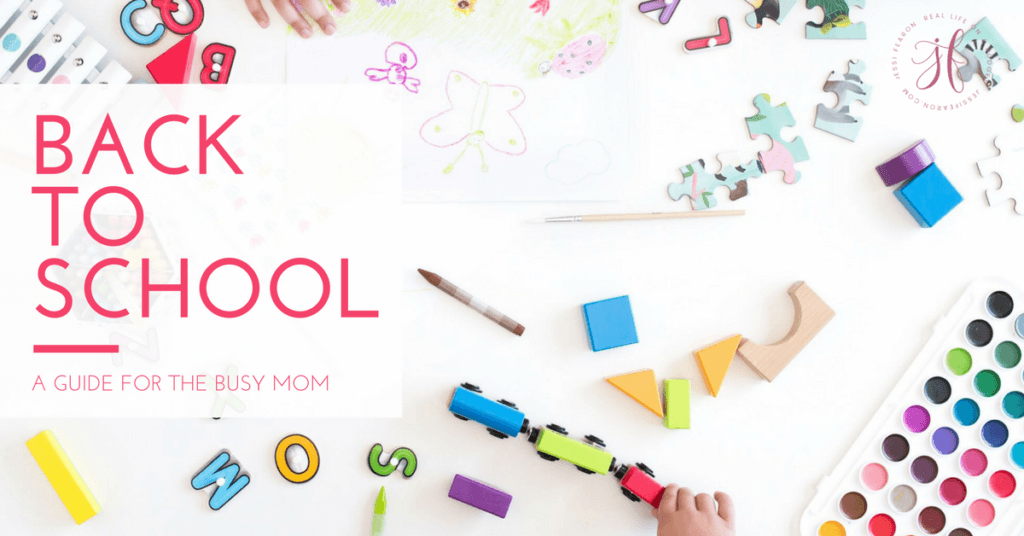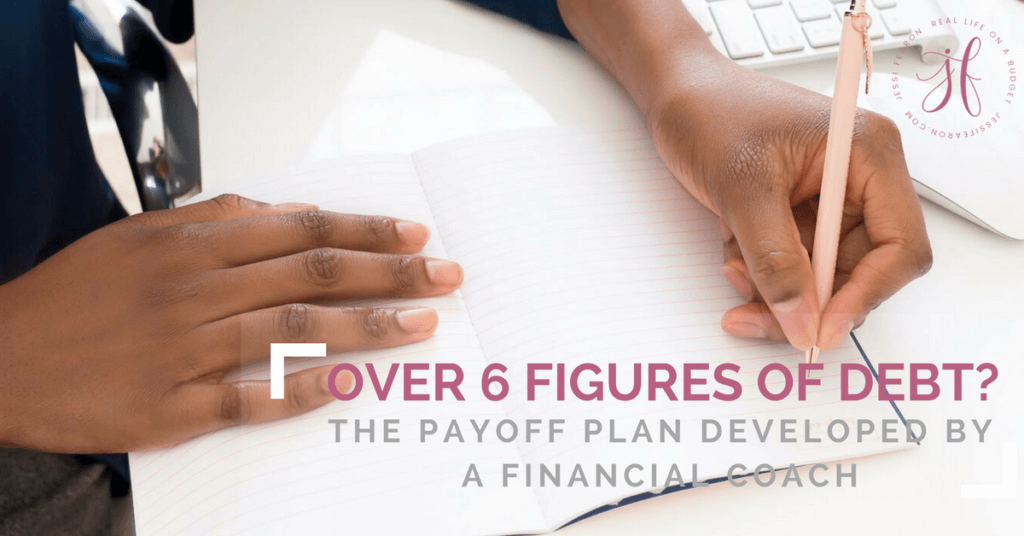
When it comes to money management, one of the biggest hangups that most folks deal with is saving money. But I don’t just mean saving money on your grocery purchases, I’m talking about saving real cash in a real savings account. According to a 2014 study, most American families only have about $788 in their checking account and even less in their savings account.
So, it comes as no surprise that most folks want to know how to beef up their savings accounts in order to be prepared for an emergency or even just to save up for a vacation or something else big – like retirement.
And one of the easiest and quickest ways to get a starter emergency fund started is by going on a No Spend Month. But here’s the thing, a No Spend Month isn’t exactly the easiest thing to just make happen. Here’s how to make it a reality and get the most out of your No Spend Month.
First, what is a No Spend Month?
Okay, so first things first – what the heck is a No Spend Month? It’s a month where you spend no other money – outside your bills (like rent/mortgage, utilities, debt payments) and your transportation and groceries. So here’s how it looks – you’ll still pay all your bills, buy groceries, and put gas in your car/pay bus fare but you’ll avoid purchasing a RedBull while in the gas station. You’ll avoid ordering a pizza out and you’ll avoid going on adventures that cost money…for an entire month.
Not going to lie, this is a challenge but it’s one that if you complete it and you actively put all the money you save in a savings account, you’ll come out way ahead. In fact, one of my clients managed to sock away over $1,500 by doing this for just 30 days.
Think about it…you could have over a $1,000 in a starter emergency fund in 30 days! That’s pretty incredible!
How to get started
First you’ll have to create a budget. You have to know how much money you spend every month and you must make sure you have all your bills accounted for. If you’ve never created a budget before, head here to grab my best-selling budget workbook for free and get started creating your budget.
Once you have your budget in place, you’ll have to make sure you have a plan for where you’re going to put your savings. If you already have an existing savings account you can use that or you can pull out the cash to set aside until the month is over and then open up a savings account to deposit the money in.
Make sure you make a list of everything you plan to spend money on and make sure you and your spouse both agree on the list. For example, my husband is a smoker and so expecting him to suddenly stop to make our No Spend Month possible was just unrealistic. So my husband’s cigarettes where accounted for in our budget and on our list of “approved things to buy” during our No Spend Month.
Things to keep in mind
The first couple of times we attempted a No Spend Month ended up as failures because we failed to plan accordingly. So before you pick a month to be your No Spend Month, really review the month. Think about what all you have going on in the upcoming month – are their birthdays, holidays, back-to-school, anything else?
The reason this is important is because if you’re not careful, you’ll decide to do your No Spend Month only to realize that you’re youngest child’s birthday is that month and therefore you’ll want to spend money on their gift or party. So a little planning can make the world of difference – pick a month where much isn’t going on.
The “rules”
- Make a plan for the money (savings account, cash under the mattress, etc.)
- Use cash (put your debt card in a drawer and make a point to use only cash to avoid overspending)
- Decide what you can buy (this where you list the stuff that your family wants/needs to buy – like my husband’s cigarettes)
- Do not spend money on anything that has not been agreed upon.
- Do not be tempted to stock up on things the month before – defeats the whole purpose.
Will this really work?
Yes, it does work! But it is hard – this makes justifying purchases really hard because you’ve agreed to not spending money which makes it difficult because sometimes wants can feel so much like a need. But if you stick to the plan, you’ll have more money than you though possible saved up in your emergency fund and you’ll have a better understanding of where your money is going every month!
Here’s how to make sure you’re successful
Tell everyone that you’re on the No Spend Month. I know this will be hard but it’s easier than trying to keep it a secret. You can just say, “hey, sorry we can’t meet y’all for dinner tonight. We’re working on a savings goal so we gave up spending money this month to make it happen. We’d love to meet up next month though! When’s good for y’all?”
Make a plan to use up what is in your pantry/fridge/freezer during your No Spend Month. This is the perfect time to eat up all those things that have been sitting in your kitchen just a tad bit too long and would probably continue to sit there until way past their prime.
Make a list of fun free stuff to do with your kids – I literally keep a spreadsheet of ideas that helps me to pick something fun and free to do with my three little kids. By having a list made out beforehand, it’ll make those days where you’re bored or tired and don’t want to use brain power so much easier to decide on what to do.
Also, if you need more ideas on a No Spend Month, grab Living Well and Spending Zero – one of my favorite books on making a No Spend Month a reality!
***Update 10/4/17 I just heard about about CIT Bank now offering a savings account with a 1.75% APY! That’s the highest I’ve ever heard about! I have no idea how long they’ll offer this but wanted to let y’all know in case you needed a great savings account to set up – check out CIT Bank’s account here for details.
What advice can you offer to someone considering a No Spend Month or Spending Freeze? How have you been able to save a $1,000 in a month? Share your tips!
Other posts you may enjoy:
The Busy Mom’s Guide to Back-to-School
Over 6 Figures in Debt – How my friend is overcoming an impossible situation
Are you ready to join the challenge?

Do you want to make this year the one that you have a completely debt-free Christmas? You can make it happen and this 8-day challenge will help guide you to making it happen!





This is perfect timing because my husband and I have committed to making October a no spend month. Our daughter’s birthday is this month – but we’ve already budgeted $30 for a gift and I will make cupcakes for her – no need to spend on a 4th birthday! We are hoping it will give us the last bit of savings we need to knock down our credit card utilization rates.
We do a No Spend month, but it actually includes almost no spending on groceries as well, with the one exception of no more than $8 per week for fresh produce. It forces us to go through our food stocks as well, and use some of our bulk staples we may have been letting languish. We learn new recipes, and food flexibility. Some years we have had some reeeeally …interesting meals by the end of the month. It’s also how I discovered I’m allergic to dairy!
My husband still struggles to completely follow the No Spending rule for the entire month, but he improves every year. We normally do it during a month when garden produce is ready for harvesting, but this year mandatory travel caused a change in plans so this will be the first time we’ve ever tried it in October.
We did something similar for a year, but we allowed ourselves to purchase things second hand. It changed our spending habits permanently. (I think I can safely say that as it was a decade ago.) Because of that, we are able to live (quite comfortably) on half of our (very average) income. It’s amazing what you really DON’T have to buy, and it’s incredibly liberating to remove yourself from consumerism.
We really need to do this. We may need to begin with a No Spend week first and work up from there but I like all of your tips. Thanks for sharing with us at Merry Monday. Good financial advice is quite valuable.
I want to try the No Spent Month. We get a $25 dollar allowance per week X 2 people and my hair $80 a month. Do we stop getting that too?
You can make your No Spend Month whatever you want – but if you really want to see a big impact, I’d suggest skipping the $25 allowance for the No Spend Month and instead putting it towards your savings, debt-payoff, or other financial goal. 🙂
Hi Jessi, this is really a good post. Having a no spend month is hard but completely doable. I even had a whole year of no spending on clothes. It feels great after you have saved some money.
I’m very excited to discuss this and try with my husband soon! I often do no spending weeks when something is coming up to that I know will require a little extra cash, but never for a whole month. I’m thinking here before the holidays will be great timing for us. Thanks for sharing!